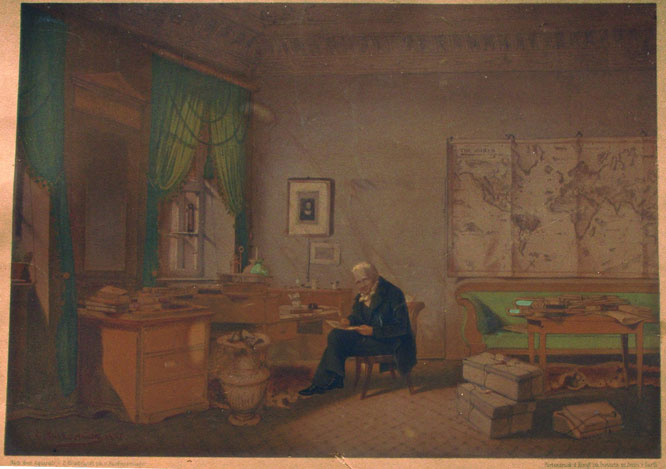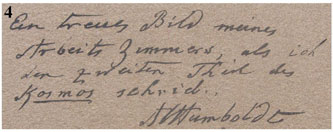Book review and commentary
For those interested in the history of scientific thought and the roots of everything ecological and environmental, I can highly recommend the recent biography by Andrea Wulf: "The Invention of Nature: Alexander von Humboldt's New World" (New York: Alfred A. Knopf, 2015. 473 p.). While von Humboldt has been largely forgotten with the rejection of all things German during World War I, he was the most famous scientist of his time and has places and geographic features named for him all over the world.
He pioneered modern systems thinking and integrated approaches to natural science beyond the specialisation into scientific disciplines that emerged during his time. He founded the science of ecology, was the first to observe and warn about human degradation of the environment, and even described anthropogenic climate change two centuries ago. Despite the difficulties of travel during the Napoleonic wars, he collected specimens and conducted extensive field observations across South America and then North America in 1799-1804, and across Russia in 1829, including the highest ascension of a mountain at that time, describing climatic zones and altitudinal gradients, and combining biology, geology, vulcanology, astronomy, meteorology, and even studies of terrestrial magnetism.
He was a friend of Wolfgang von Goethe, Thomas Jefferson and Simon Bolivar. Charles Darwin followed in his footsteps, and he had an important influence on Henry David Thoreau, George Perkins Marsh, Ernst Haeckel, and John Muir, among other ancestors of the environment movement.

I have a personal connection to von Humboldt, as we received as a wedding present the above lithographed portrait of Alexander von Humboldt autographed by him and given to my wife's great-great-great grandfather Adolph Quetelet (1796-1874), a famous 19th century Belgian scientist and founder of the science of statistics.

Humboldt's autograph at the bottom of the portrait
Last updated 23 February 2016